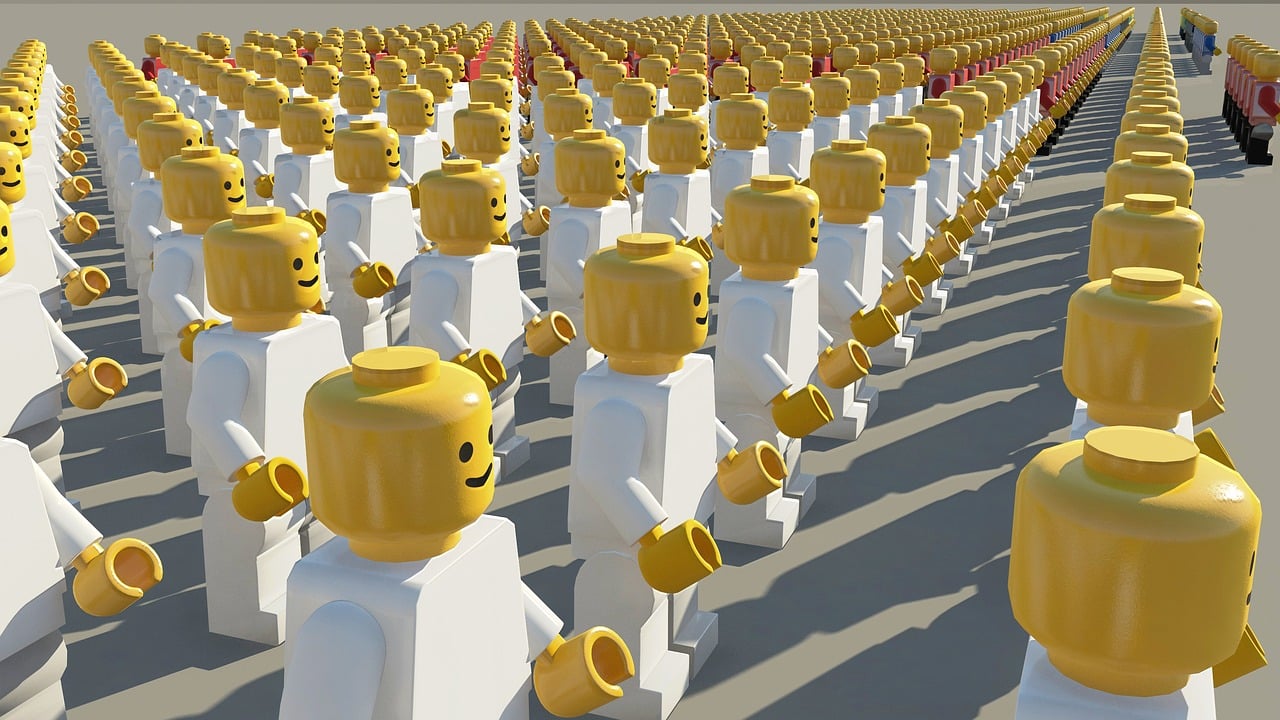The Impact of Fast Fashion on Society
Exploring the Advantages and Disadvantages of Fast Fashion
Fast fashion has become a prominent part of the clothing industry in recent years. Characterized by its quick production and low cost, fast fashion has both its pros and cons. Understanding the advantages and disadvantages of fast fashion is crucial in order to make informed decisions as consumers and to be aware of the impact of this industry on the environment and society.
In this article, we'll delve into the benefits and drawbacks of fast fashion, shedding light on its effects on the environment, economy, and social aspects. By examining both sides of the coin, we can gain a comprehensive understanding of the fast fashion phenomenon.
Pros
Despite the controversies surrounding it, fast fashion offers several advantages to consumers and the industry. Let's take a closer look at the benefits of fast fashion and its impact on the market and consumers.
Expressive Freedom
Fast fashion allows individuals to express themselves through clothing, enabling them to adapt to evolving fashion trends and personal preferences without investing significant time or money.
Consumer Influence
Fast fashion responds quickly to consumer demand, producing clothing that aligns with popular preferences. This adaptability ensures that consumers have a direct impact on the products available in the market.
Variety and Trendiness
Fast fashion constantly introduces new designs and trends, providing consumers with a wide variety of clothing options. This allows individuals to experiment with different styles, keeping their wardrobe fresh and up-to-date.
Boost to the Economy
The rapid turnover of fast fashion items contributes to a constant flow of revenue within the fashion industry. It leads to increased job opportunities, especially in manufacturing and retail sectors, thus stimulating the economy.
Convenience and Speed
Fast fashion provides a convenient and quick way for consumers to keep up with the latest trends and quickly find clothing or accessories for special occasions. With a faster production and distribution cycle, consumers can find and purchase desired items without long waiting periods.
Job Creation
Another advantage of fast fashion is its potential to create employment opportunities. The industry employs a large number of workers in various stages of the production process, from design and manufacturing to marketing and retail. This can contribute to economic growth and provide jobs for individuals in different regions.
Affordability and Accessibility
Fast fashion brands create affordable clothing options, allowing consumers to keep up with the latest trends without breaking the bank. This accessibility to trendy and budget-friendly clothing appeals to a wide range of customers.
Missing a pro?
Let us know which pro you are missing!
Cons
While fast fashion offers apparent advantages, it is also associated with significant drawbacks that have raised concerns regarding its ethical and environmental implications. It's important to acknowledge the negative aspects of fast fashion to understand the full scope of its effects.
Quality and Durability
Fast fashion is characterized by inferior quality and reduced durability of clothing items. This results in a shorter lifespan for the garments, contributing to increased textile waste and a culture of disposability.
Negative Impact on Small Businesses
The dominance of fast fashion brands can have a detrimental effect on small businesses, as they struggle to compete with the low prices and rapid turnover of trends. This can lead to smaller, independent retailers facing financial challenges and even closing down, impacting local economies and diversity in the fashion industry.
Health and Safety Concerns
Fast fashion's focus on quick and inexpensive production can sometimes come at the expense of worker and consumer well-being. This includes issues such as poor working conditions in factories, hazardous chemicals in clothing production, and the potential health risks associated with low-quality materials and dyes.
Environmental Impact
Fast fashion contributes to environmental degradation due to its high production volume, short lifecycle of garments, and reliance on non-renewable resources. This leads to pollution, excessive waste, and depletion of natural materials.
Ethical Concerns
The rapid pace of fast fashion production often involves exploitative labor practices, both domestically and internationally. Issues such as low wages, poor working conditions, and child labor have been associated with fast fashion production.
Overconsumption and Waste
The affordability and availability of fast fashion encourage overconsumption, leading to excessive purchasing and accumulation of clothing items. This contributes to the growing issue of textile waste and its impact on landfills.
Social Implications
Fast fashion perpetuates a throwaway culture and superficial consumerism, influencing societal perspectives on clothing and creating a disconnect between the value of garments and their production process.
Missing a con?
Let us know which con you are missing!
Conclusion
Fast fashion presents a complex landscape characterized by a mix of benefits and drawbacks. While it offers affordability, trendiness, and economic stimulation, it also poses challenges related to sustainability, ethical practices, and societal values. Understanding these aspects is essential for consumers to make conscious choices and for the industry to steer towards more responsible and ethical practices.
What do you think?
Do you think the pros outweigh the cons?










